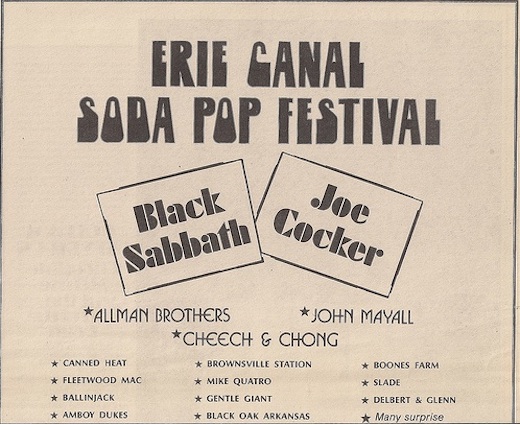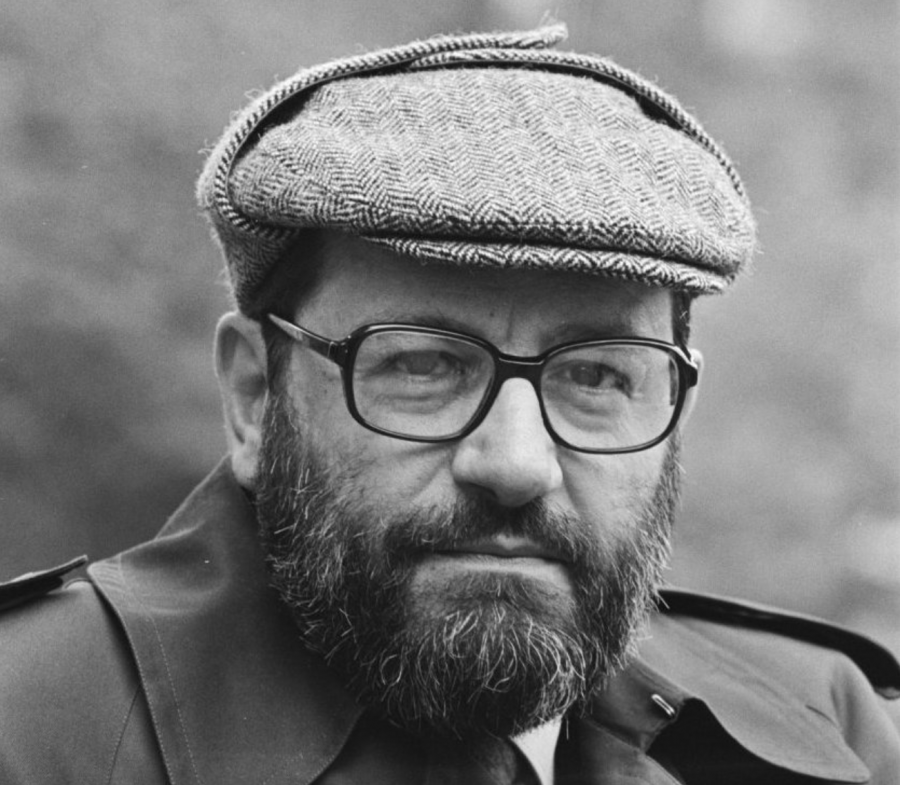[Most Recent Entries] [Calendar View]
Friday, June 18th, 2021
- Avoid alliterations, even if they’re manna for morons.
- Avoid clichés: they’re like death warmed over.
- Never generalize.
- Hold those quotes. Emerson aptly said, “I hate quotes. Tell me only what you know.”
- Don’t write one-word sentences. Ever.
- Recognize the difference between the semicolon and the colon: even if it’s hard.
- Do you really need rhetorical questions?
- Be concise; try expressing your thoughts with the least possible number of words, avoiding long sentences– or sentences interrupted by incidental phrases that always confuse the casual reader– in order to avoid contributing to the general pollution of information, which is surely (particularly when it is uselessly ripe with unnecessary explanations, or at least non indispensable specifications) one of the tragedies of our media-dominated time.
- Don’t be emphatic! Be careful with exclamation marks!
- No need to tell you how cloying preteritions are.
| Time | Event |
| 8:00a | The Horrors of Bull Island, “the Worst Music Festival of All Time” (1972) It’s maybe a little unfair to compare 1972’s “Bull Island” Festival to Fyre Fest, the music festival scam so egregious it warranted dueling documentaries on Hulu and Netflix. But “Bull Island” — or what was originally called the Erie Canal Soda Pop Festival — was an epic catastrophe, maybe the worst in music festival history, and well deserving of its own media franchise. Still, its organizers had every intention of following through on the event. What happened wasn’t entirely their fault, but partly the result of a campaign to route thousands of hippies out of the state of Indiana. Promoters Tom Duncan and Bob Alexander had previously staged a successful festival, the Bosse Field Freedom Fest, in Evansville, an event featuring Tina Turner, Edgar Winter, Dr. John, Howlin’ Wolf, and John Lee Hooker. Eager to top themselves and bring a “bigger-than-Woodstock”-sized happening to the Midwest, they booked “a blockbuster collection of artists” for their next event, writes Patrick Chamberlain at Everfest, “including Black Sabbath, The Allman Brothers, Fleetwood Mac, Ravi Shankar, The Eagles, and even Cheech and Chong.” Before securing all the permits, they placed ads and started selling tickets. The two eager 20-something organizers both suffered from the tragic flaw of youthful overconfidence, which blinded them to the fact that there was no way their next festival was going to happen in Evansville, or anywhere in Indiana, for that matter. The error led to what may be, as Bandsplaining explains above, the worst music festival of all time. “The lack of preparedness, the lawlessness, the desperation of the crowd; it’s like the bad-acid trip version of Woodstock where [spoiler] everything burns down. [/spoiler].”
Although reports from locals mostly characterized the duo’s previous outdoor festival at Bosse Field as peaceful, Evansville Mayor Russell Lloyd vowed it would never happen again. Yet Duncan and Alexander plowed ahead with planning the Eerie Canal Soda Pop Festival, as Sean Mcdevitt writes at the Courier & Press:
Oblivious to their fate, the organizers sold almost 9,000 tickets. “Just eight days after its announcement, a restraining order was issued against the event,” followed by a string of similar ordinances in neighboring counties as other locales got wind of the projected 50,000 to 60,000 attendees expected to show up. Soon, those numbers swelled to the hundreds of thousands. Alexander and Duncan went on TV and begged authorities to let the show proceed to prevent mass civil unrest. Forced to move the festival out of state, they settled on a place called Bull Island, “not in fact an island, but rather a collection of swampy fields,” Chamberlain notes, “under the legal jurisdiction of the town of Carmi, Illinois, but only accessible through Indiana.” When 200,000 hippies arrived on Labor Day weekend, it caused a traffic jam 30 miles long, and they were forced to abandon their cars and hike for miles on foot, resembling “a defeated army,” NBC Nightly News reporter Edwin Newman put it. Some of the acts — including Ravi Shankar, Ted Nugent’s Amboy Dukes, and Black Oak Arkansas — did make it, choppering in to play a set, then swiftly leaving. “Cheech and Chong were helicoptered in, performed for fifteen minutes in a deluge of rain, cut their set short,” and got out, surely sensing bad vibes everywhere, caused by strychnine-laced acid. Big acts like Rod Stewart and Black Sabbath had already canceled, leaving long stretches of silence between sets. For most festival attendees, the open-air drug markets stood out most in their memories. “The dope district looked like double rows of fish stands at the county fair!” one remembers. “It was easier to buy drugs than it was to buy water,” recalled another attendee. The police, vastly outnumbered, left well enough alone and stayed outside the fence. Jemayel Khawaja at Ozy paints the scene:
What happened was surely inevitable. Price gouging caused attendees, rabid with hunger and thirst, to attack vendors. Some caught pneumonia in the torrential rains on the third day. One attendee drowned in the Wabash, another was run over by a truck but survived, many were beaten and robbed, one overdosed, one gave birth. By that evening, “the crowd had endured enough,” Chamberlain writes. “The lasting image many have of the festival is the crowd setting the stage on fire. It was a fitting ending. By this point, the populous turned to mass exodus, during which commons themes were intoxication, breakdowns, theft, long drives, and comedowns.” Related Content: Listen Online to Every Minute of the Original Woodstock Festival Josh Jones is a writer and musician based in Durham, NC. Follow him at @jdmagness The Horrors of Bull Island, “the Worst Music Festival of All Time” (1972) is a post from: Open Culture. Follow us on Facebook and Twitter, or get our Daily Email. And don't miss our big collections of Free Online Courses, Free Online Movies, Free eBooks, Free Audio Books, Free Foreign Language Lessons, and MOOCs. |
| 11:00a | Umberto Eco’s 36 Rules for Writing Well (in English or Italian)
Creative Commons image by Rob Bogaerts, via the National Archives in Holland Umberto Eco knew a great many things. Indeed too many things, at least according to his critics: “Eco knows everything there is to know and spews it in your face in the most blasé manner,” declared Pier Paolo Pasolini, “as if you were listening to a robot.” That line appears quoted in Tim Parks’ review of Pape Satàn Aleppe, a posthumous collection of essays from La Bustina di Minerva, the magazine column Eco had written since 1985. “This phrase means ‘Minerva’s Matchbook,'” Parks explains. “Minerva is a brand of matches, and, being a pipe smoker, Eco used to jot down notes on the inside flap of their packaging. His columns were to be equally extemporaneous, compulsive and incisive, each as illuminating and explosive as a struck match.” At the same time, “the reference to the Roman goddess Minerva is important; it warns us that in the modern world we may struggle to distinguish between divinities and bric-a-brac.” This was as true, and remains as true, in the realm of letters as in any other. And of all the things Eco knew, he surely knew best how to use words; hence his La Bustina di Minerva column laying out 40 rules for speaking and writing. This meant, of course, speaking and writing in Italian, his native tongue and the language of which he spent his career demonstrating complete mastery. But as translator Gio Clairval shows in her English rendition of Eco’s rules, most of them apply just as well to this language. “I’ve found online a series of instructions on how to write well,” says Eco’s introduction to the list. “I adopt them with a few variations because I think they could be useful to writers, particularly those who attend creative writing classes.” A few examples will suffice to give a sense of his guidance: Not only does each of Eco’s points offer a useful piece of writing advice, it elegantly demonstrates just how your writing will come off if you fail to follow it. In the event that “you can’t find the appropriate expression,” he writes, “refrain from using colloquial/dialectal expressions.” To this he appends, of course, a colloquial expression, Peso el tacòn del buso: “The patch is worse than the hole.” However clichéd it sounds in Italian, all of us would do well to bear it in mind no matter the language in which we write. (And if you write in Italian, be sure to read Eco’s original column, which contains additional rules applying only to that language: Non usare metafore incongruenti anche se ti paiono “cantare,” for instance. Sono come un cigno che deraglia.) You can read all 36 of Eco’s English-relevant writing rules at Clairval’s site. If you’d like to hear more of his writing advice, watch the Louisiana Channel interview clip we featured after his death in 2016. And elsewhere in our archives, you can compare and contrast Eco’s list of rules for writing with those drawn up by the likes of Walter Benjamin, Steven Pinker, Stephen King, V.S. Naipaul, Friedrich Nietzsche, Elmore Leonard, and George Orwell. Though Eco could, in his writing, assume what Parks calls an “immeasurably superior” persona, he surely would have agreed with the final, thoroughly English point on Orwell’s list: “Break any of these rules sooner than say anything outright barbarous.” Related content: Umberto Eco Dies at 84; Leaves Behind Advice to Aspiring Writers Umberto Eco’s How To Write a Thesis: A Witty, Irreverent & Highly Practical Guide Now Out in English Umberto Eco Explains Why We Make Lists Watch Umberto Eco Walk Through His Immense Private Library: It Goes On, and On, and On! Based in Seoul, Colin Marshall writes and broadcasts on cities, language, and culture. His projects include the Substack newsletter Books on Cities, the book The Stateless City: a Walk through 21st-Century Los Angeles and the video series The City in Cinema. Follow him on Twitter at @colinmarshall or on Facebook. Umberto Eco’s 36 Rules for Writing Well (in English or Italian) is a post from: Open Culture. Follow us on Facebook and Twitter, or get our Daily Email. And don't miss our big collections of Free Online Courses, Free Online Movies, Free eBooks, Free Audio Books, Free Foreign Language Lessons, and MOOCs. |
| << Previous Day |
2021/06/18 [Calendar] |
Next Day >> |


